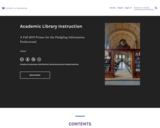
This Pressbook is written to help librarians create and guide instruction in the academic library realm.
- Subject:
- Information Science
- Material Type:
- Textbook
- Provider:
- University of Washington Libraries
- Author:
- rebwn
- Date Added:
- 04/05/2021

This Pressbook is written to help librarians create and guide instruction in the academic library realm.
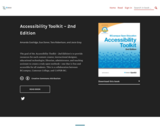
The goal of this accessibility toolkit, 2nd edition, is to provide resources for each content creator, instructional designer, educational technologist, librarian, administrator, and teaching assistant to create a truly open textbook - one that is free and accessible for all students. This is a collaboration between BCcampus, Camosun College, and CAPER-BC.

The Book Man has put together this super fun music video to the tune of All About That Bass by Megan Trainor... We present to you... All About Them Books (No Kindle). Who doesn't love the smell of a book, new or used?
Videography by Matthew Hawkins!
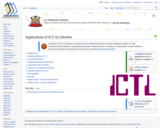
The Advanced Certificate and the Advanced Diploma in Applications of ICT in Libraries permit library staff to obtain accreditation for their skills in the use of ICT. Anyone can make use of the materials and assessment is available in variety of modes, including distance learning.
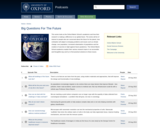
This series looks at the Oxford Martin School's academics and how their research is making a difference to our global future. The series will be of interest to people who are concerned about the future for the planet, how civilisation will adapt to emerging problems and issues such as climate change, over population, increased urbanisation of populations and the creation of vaccines to fight against future pandemics. The Oxford Martin School academics explain their various research topics in an accessible and thoughtful way and try to find practical solutions to these issues.
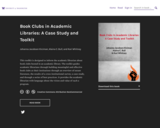
This toolkit is designed to inform the academic librarian about book clubs hosted in an academic library. The toolkit guides academic librarians through building meaningful and effective book clubs at their institutions through an overview of extant literature, the results of a cross-institutional survey, a case-study, and through a series of best practices. It provides the academic librarian with language about the vision and value of such a program.
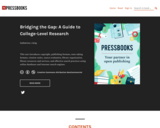
This text introduces copyright, publishing formats, note-taking formats, citation styles, source evaluation, library organization, library resources and services, and effective search practices using online databases and Internet search engines.
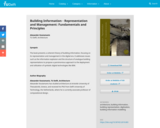
The book presents a coherent theory of building information, focusing on its representation and management in the digital era. It addresses issues such as the information explosion and the structure of analogue building representations to propose a parsimonious approach to the deployment and utilization of symbolic digital technologies like BIM.
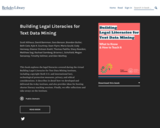
For those learning about fair use, this is a specific example of how fair use may be used in research for text data mining. The book also explores basic copyright and fair use more generally, as well as the specifics of text data mining.
From the "about" section of the book:
"This book explores the legal literacies covered during the virtual Building Legal Literacies for Text Data Mining Institute, including copyright (both U.S. and international law), technological protection measures, privacy, and ethical considerations. It describes in detail how we developed and delivered the 4-day institute, and also provides ideas for hosting shorter literacy teaching sessions. Finally, we offer reflections and take-aways on the Institute."
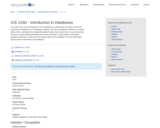
This course is designed to use technology as a productivity tool within a business environment through the use of database software. You will use database software for creating tables, forms, and reports by manipulating data through various query tools.
Course Outcomes:
1. Produce a simple relational database that stores information.
2. Create queries that retrieve specified information.
3. Create forms for entering data into the database.
4. Produce informative reports with the information in the database

An excellent site to visit if you are learning to program in the C or C++ languages.
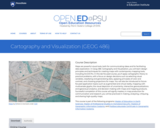
Maps capture the power of place. A well-designed map can stoke our imagination, helping us to understand how a place looks or feels. Maps serve two roles. First, maps facilitate visual communication where knowns are presented to map readers. Second, maps permit visual thinking where insights into patterns and trends in spatial data are explored. In GEOG 486, Cartography & Visualization, you will learn and apply cartographic theory creating appropriately designed maps. You will learn how to associate the visual variables to symbolize types of spatial data. This process creates an appropriate visual hierarchy that conveys an informational hierarchy about the underlying message. Thus, techniques in map design will be applied to produce, evaluate, and critique reference and thematic maps.

Diffusion of Innovations theory (Rogers, 2003) states that potential adopters moving through the innovation-decision process consider the innovation’s relative advantage, compatibility, complexity, trialability and observability. Rogers (2003) claimed that an individual's perception of these characteristics, or attributes, had a direct impact on whether and to what degree an innovation is adopted and diffused throughout an organization or system. The purpose of this presentation is to share, through the lens of Diffusion of Innovations theory, how members of the Online Consortium of Oklahoma supported the adoption and diffusion of the use of an online publishing platform intended to support consortial-wide adoption, modification, and creation of OER. The 25 member institutions of Online Consortium of Oklahoma (OCO) include two-year institutions, four-year institutions, technical institutes, and doctoral degree granting institutions. As a result, OCO’s strategic vision takes into consideration a broad range of needs, interests, and goals. As members of the OER subcommittee envisioned how to promote use of the publishing platform to each of their institutions, it became apparent that one simple on-boarding process for use across all institutions was ineffective. Faculty introduced to the platform would express interest but those who took additional steps to learn more about its use seemed to be those who had the opportunity to observe use of the platform by a respected peer or colleague with whom they were personally acquainted. Additionally, the group noticed faculty initially resistant to using the platform became enthusiastic about its use once given access to its full capacity. In this lightning talk, representatives from OCO member institutions will describe how they intentionally addressed observability and trialability to support the adoption and diffusion of the publishing platform and statewide use of OER.
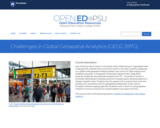
How would you like to travel to new places while collaborating on a geospatial data challenge with students from around the world? In this class, students collaborate on a global-scale geospatial analysis problem with a focus on data analytics and professional practice in Geographic Information Systems. Penn State MGIS students collaborate with graduate students from ITC - University of Twente in Enschede, Netherlands to develop solutions to analyze spatio-temporal patterns in refugee migration data. Students have the opportunity to present their work and develop new connections with EU geospatial professionals via site visits to European national mapping agencies. Students work in teams to use geospatial analytics to arrive at a solution to visualize patterns over space and time.
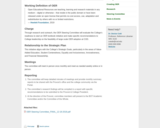
This is a working document from the College of DuPage regarding their OER Steering Committee
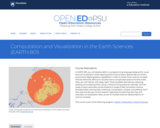
In EARTH 801, you will develop skills in a programming language designed for visual arts and visualization while exploring Earth science topics. Specifically, you'll learn and practice digital graphics capabilities in order to render Earth science concepts that are otherwise difficult to visualize due to complicated space and time scales. Here, you will interact with large, open, freely-available data sets by collecting, plotting, and analyzing them using a variety of computational methods. You'll be ready to teach secondary school students a range of Next Generation Science Standard skills involving data collecting, manipulation, analysis, and plotting. You'll also read and discuss current research regarding the teaching, learning, and evaluation of visualization skills, as well as multiple external representations of science concepts.

Computer Networking articles, practice tests, and other reference material on wireless and computer networking
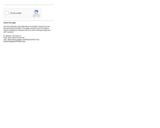
This book offers a background on copyright law, as well as a clear guide to open licensing and open advocacy. You can read this book on its own or while taking the CC Certificate course.
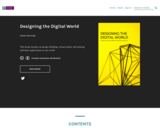
The book offers a blend of theory and practice in guiding readers to apply design thinking principles to solving some of our world’s biggest problems. At the same time, readers are encouraged to become aware of new and emerging technologies that make prototyping and applying solutions a reality.